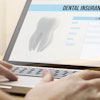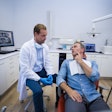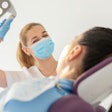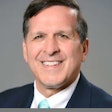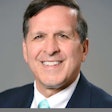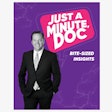
"What we've got here is failure to communicate."
The famous line from the 1967 film "Cool Hand Luke" can serve as a lesson in today's world of often tensely misunderstood people. COVID-19 and its variants may have made us keep our distance, but it should not keep us from the humanity of patient care.
When we think of communication in today's dental practice, we think of a patient contact system that reaches out via email or text. Automated communication is excellent, but too many messages can overwhelm patients.
Equally so, communication through social media such as your website, Facebook, Twitter, or YouTube can be informative and interactive, helping to educate potential patients and familiarize them with your practice. But this type of communication doesn't replace human contact and caring.
Improve your patient relationships
If you hope to grow your dental practice and increase its revenue stream, then the first place to look is patient relationships. Emotions are the key to customer loyalty. Keeping in contact with your patients -- from their first encounter with your practice through the end when they pay for services -- results in happier patients.
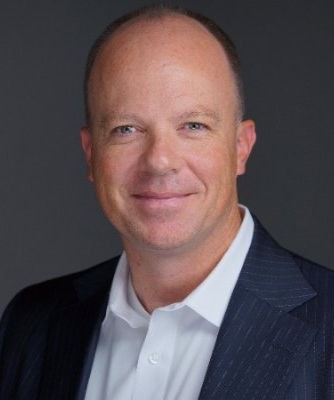 Dr. James V. Anderson.
Dr. James V. Anderson.Patients look for and are apt to complain when a few things are missing:
- Your services do not live up to your marketing and website content.
- They experience too many mistakes either through lack of knowledge or attention to detail.
- They receive unpaid insurance claims and statements asking for payment without showing what insurance paid or an itemization of care provided.
- The quality is not in the care, and the service is lacking.
To help give patients the best experience possible, do not be afraid to invite them into a conversation -- even before their appointment starts. Offer a way to respond to individualized texts, so questions and concerns are dealt with before the appointments. You can use many lines of communication: phone call, text, email, and social media. And don't forget that the best time to ask for a review is right after a positive appointment.
In the COVID-19 era, it can also help to explain some of the safety measures you've implemented in response to the pandemic. Some practices are setting up curbside waiting rooms to protect their new patients. Another idea is to create a video of you, the dentist, explaining your safety protocols. This video shows that you care and can include a tour of your facilities and explanations of the methods used to maintain proper social distancing.
Simplicity goes a long way when it comes to aiding patients, too. Make it easy for patients to access new-patient and wellness forms, and keep forms short and precise.
Also, don't get so caught up in professionalism that you forget the human aspect of the interaction. Build trust with patients by giving precise and detailed directions for coming into your practice and by explaining reasons for paperwork and health screenings.
Finally, effective communication entails attentive listening. Instead of focusing solely on the words you would like patients to hear once they are done talking, shift to what, exactly, your patients are trying to convey to you.
Planning as part of patient communication
If your employees aren't connecting with patients, then it's no surprise if patients do not stick around.
Morning huddles are still valuable for the team to know who is coming in that day. If you cannot find the time for the huddle, then at least require that team members review each patient chart to see how they can provide a personal touch in the interaction.
Cover the following critical points in the meeting:
- Know who your patients are by reviewing each chart and medical history.
- Prepare for any patients with special needs or those who need certain accommodations.
- Assess what team members are going to need by reviewing treatment plans and scheduled care.
- Address individual concerns, such as where people are needed and if supplies and equipment are available and ready to use.
- Decide who will be responsible for solving a problem if an issue arises.
Efficient planning prevents unnecessary back and forth for all staff throughout the day. This ensures a sense of accountability is imparted to your patients.
Dr. James V. Anderson is a practicing dentist in Syracuse, UT, and is the CEO and founder of eAssist Dental Solutions. He can be reached via email.
The comments and observations expressed herein do not necessarily reflect the opinions of DrBicuspid.com, nor should they be construed as an endorsement or admonishment of any particular idea, vendor, or organization.


